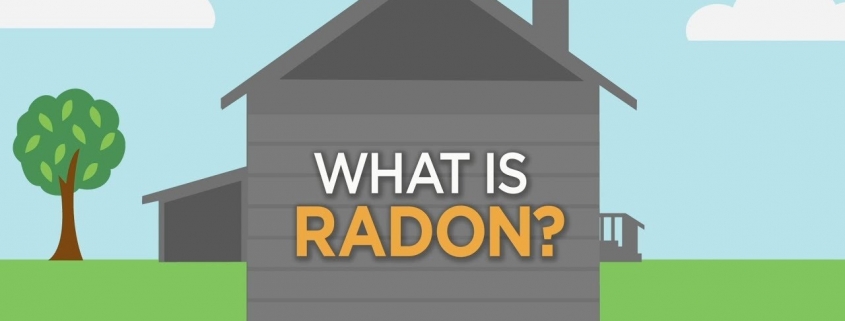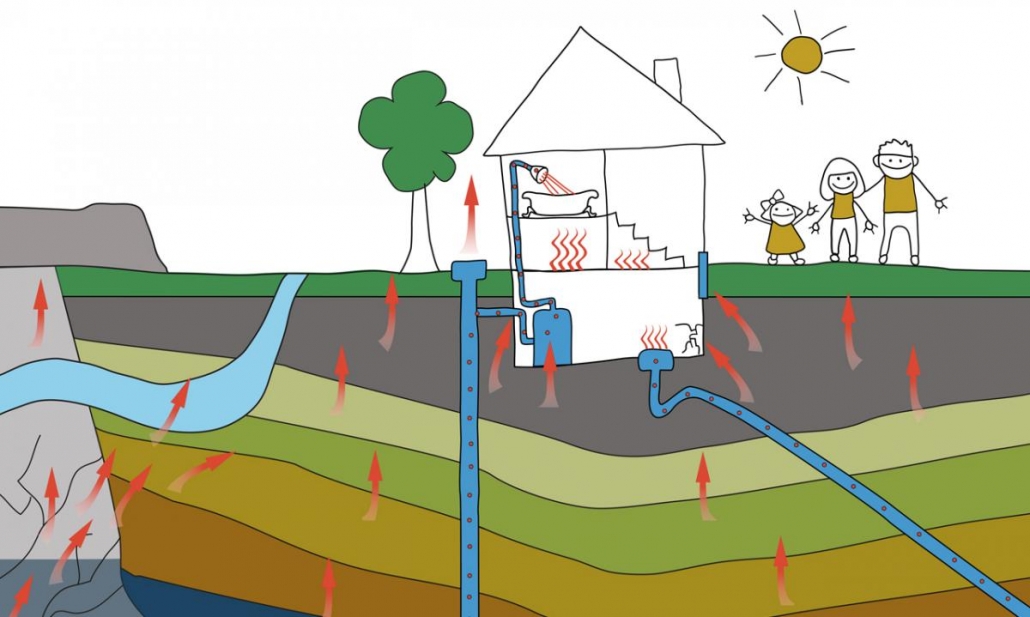Radon Gas Testing – Winter Is the Ideal Time to Test Your Home
Better late than never! Last month was Radon Action Month in Canada – but any time this winter is a great time to test for Radon Gas.
A colourless, odourless, radioactive gas found in Canadian homes across the country, Radon Gas exposure is the leading cause of lung cancer in non-smokers. And while we’re a little behind – November is National Radon Action Month in Canada – we’d still like to remind you of how important it is to test your home for Radon so that you can be proactive, do as much as you can to protect the health of yourself and your family.
Depending on the Radon gas levels in your home and the length of exposure to this radioactive gas indoors, you could be at increased risk of developing lung cancer.
Make sure your home is safe! And Radon gas testing is inexpensive and pretty easy – winter is a perfect time! We seal our homes against the winter weather and cold, providing better conditions for accurate testing than in milder seasons.
What exactly is Radon Gas?
As mentioned, Radon gas has no odour or colour. It’s a radioactive gas that occurs naturally in the earth and is created through the natural breakdown of uranium, a heavy metal that occurs in most rocks. Consequently, Radon gas is in soil, igneous rock – surrounding the foundation of your home – and even well water. From the ground, it seeps up into your home through any cracks and holes in the foundation.
Radon gas levels vary significantly across Canada. Some regions are more prone to higher levels of indoor radon than others. Surveys identified that Saskatchewan, Manitoba, New Brunswick, and the Yukon experienced the highest percentages of homes testing above the recommended radon guideline. Yes, perhaps BC isn’t on the list as one of these zones. But, it’s still important to test your home as Radon gas exists at dangerous levels throughout all regions of Canada.
When you inhale Radon, you expose lung tissue to its ionizing radiation. This can damage the DNA in lung tissue and lead to lung cancer. More than 3,200 lung cancer deaths each year in Canada can be attributed to exposure to Radon gas.




